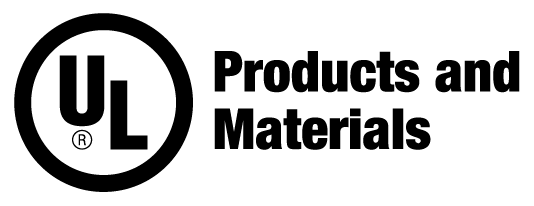History & Evolution of Bulletproof Glass
Countless militaries, government agencies, banks, and other businesses use bulletproof glass in their efforts to safeguard staff and property. This protective material isn’t the result of a single invention; with origins in the 17th century, it has evolved over time as the resulting integration of various glass manufacturing methods. Learn more about the history of bulletproof glass and how technology has advanced.
Prince Rupert’s Drops
The bulletproof glass timeline begins in the mid-1600s. Named after Prince Rupert of the Rhine, Prince Rupert’s Drops were the first iteration of fortified glass. People found that a rapid hardening effect occurred when dropping molten glass into cool water, resulting in teardrop-shaped bits of glass. They observed that the rounded end was significantly strong, with the capability of withstanding impact. However, the tail end was immensely fragile and any pressure on that end would cause the entire piece to shatter.
The drops, while lacking useful applications themselves, did inspire further investigation into how glass could become stronger, and in 1935, Rudolph A. Seiden received a tempered glass patent. As the first patent of its kind, this advancement in tempered glass served as an initial step in ultimately developing bulletproof glass for high-impact applications.
When Was Bulletproof Glass Invented?
French chemist Edouard Benedictus accidentally discovered the concept of bulletproof glass, also known as laminated or safety glass, in 1903. While performing experiments in England, Benedictus dropped a glass vessel containing a solution of liquid nitrate. Instead of shattering, the beaker merely cracked.
Benedictus noticed that the solution had created a layer of plastic within the flask that prevented the glass from shattering, and that discovery brought about further research into what would become bulletproof glass. In 1909, Edouard Benedictus filed a patent in France for laminated safety glass, and in 1914, he did the same in the U.S.
Bulletproof Glass in WWI & WWII
In the World Wars, the military used fortified glass for its transparency and protective properties. Though it wasn’t fully bulletproof, manufacturers utilized laminated safety glass in World War I for plane windshields, as well as eye coverings in the form of aviation glasses and gas mask eyehole covers. By the time WWII ended, thicker laminated safety glass was developed with higher durability for rugged applications in warzone transport vehicles.
Other Notable Events
- Bulletproof glass in the White House. Franklin D. Roosevelt installed bulletproof glass in 1942 after the bombing of Pearl Harbor to provide added protection for himself and his aides in the Oval Office.
- Bulletproof glass for the Mona Lisa. After criminals damaged the Mona Lisa in 1956, the Louvre decided to use bulletproof glass to protect the painting. It has safeguarded the Mona Lisa ever since, both inside the Louvre and when it is on loan to other galleries. This decision proved beneficial in 1974 and again in 2009 when other attackers tried to harm the painting.
- Bulletproof glass and the Pope. In 1981 when Pope John Paul II headed the Catholic church, the Vatican outfitted the Popemobile with bulletproof glass following an assassination attempt.
- Patenting bulletproof glass. Benedictus’ early 20th-century patents were for safety glass. The first U.S. patent exclusively for bulletproof glass was officially granted in 1982.
Bulletproof Glass & Products From Bullet Guard Corporation
Glass has evolved over the years from Prince Rupert’s Drops, tempered glass, and laminated safety glass to today’s highly advanced bulletproof varieties in eight different grades that can withstand gunfire and increasingly severe impacts. At Bullet Guard, we design, manufacture, and install standard and custom bullet-resistant and bulletproof products, including bulletproof windows, doors, enclosures, transaction systems, and fiberglass panels (FRPs).
For over 40 years, we have created our USA-made products from materials backed by UL-752 for reliable durability to best meet the safety needs of our clients. Contact us today to learn more about our fabrication capabilities or to request a quote.



